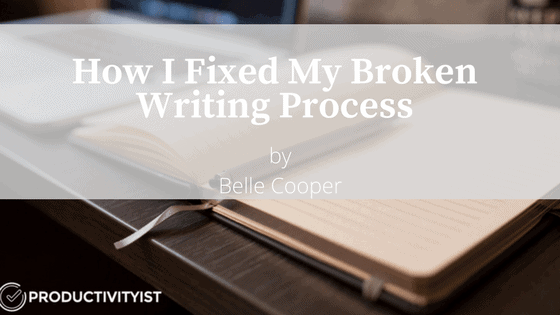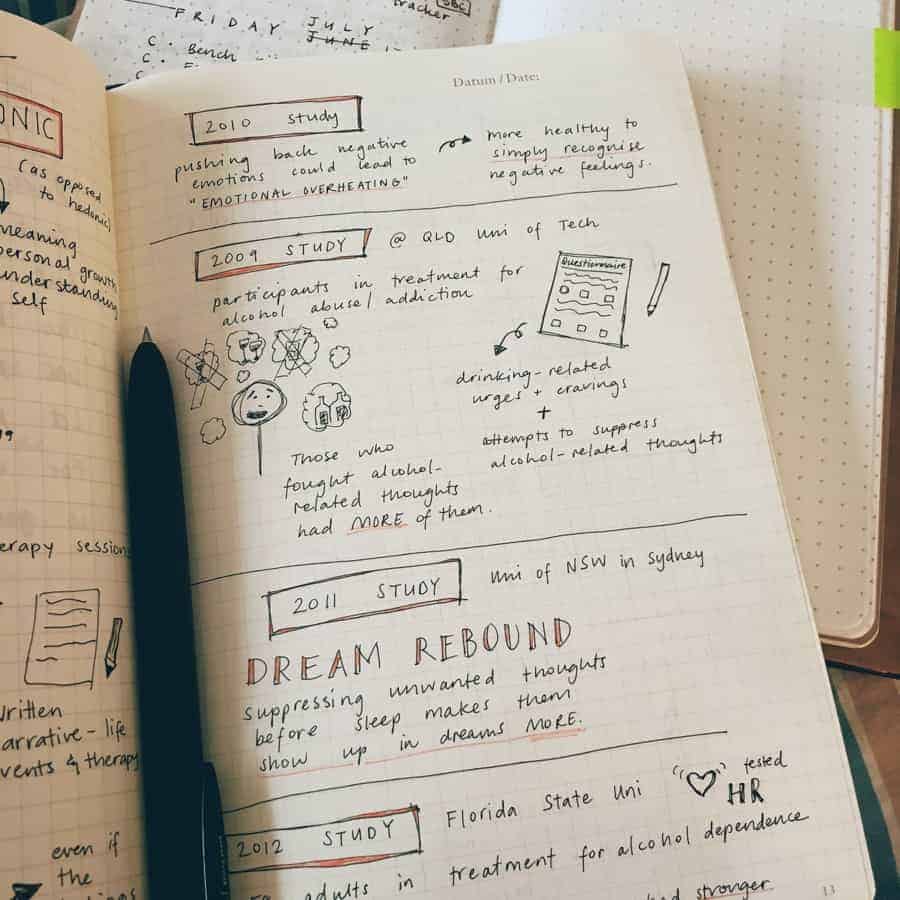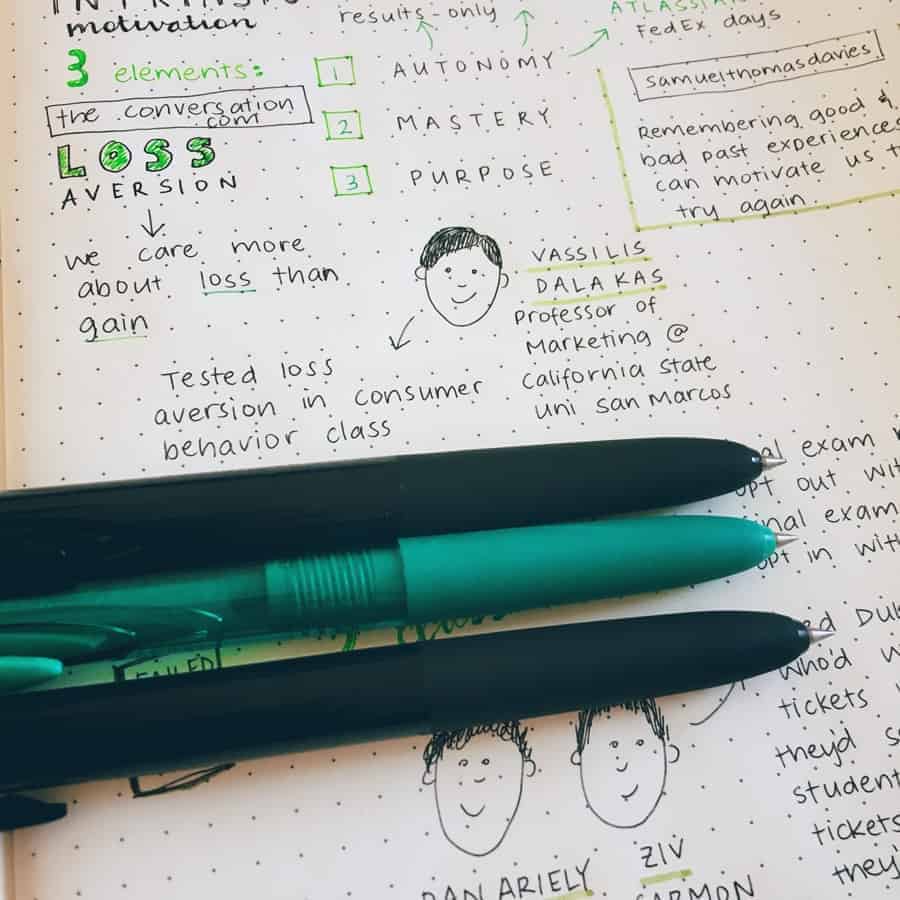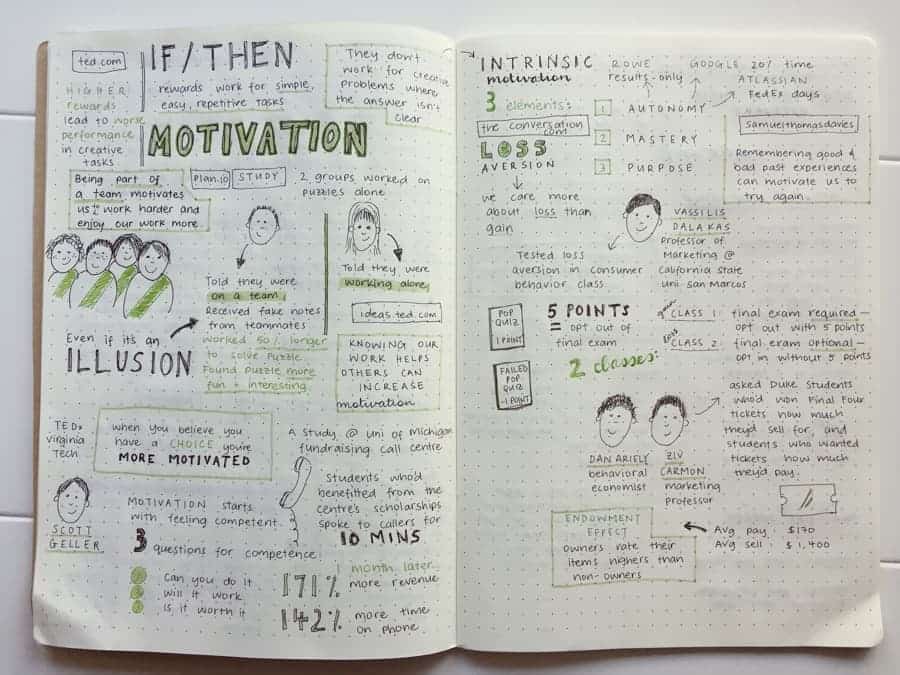
Belle B. Cooper works on content and copywriting for RescueTime, an app that helps you understand how you spend your time so you can be more productive every day.
For the past four or five years, I’ve been spending hours every week researching and writing articles. Almost every article I write requires several hours of research. Plus, there is always drafting and editing time.
Unfortunately, I hate this process.
I’d often dread getting started. This would drag out the process, and I’d procrastinate. Then I’d end up stressed about meeting my deadlines.
Thankfully, I don’t feel that way anymore.
A few months ago, I started thinking more critically about my writing process. The frustration of repeating this process two or three times every week finally made me question if there might be a better way.
My process for writing a new article generally went something like this:
- Search. I would search for articles, research papers, books, or other material related to my topic.
- Read all of the content. This could be a lengthy process depending on what was found.
- Make an outline for the article. listing the main points I wanted to make, based on what I could remember of everything I’d read.
- Start writing. Once or twice per paragraph, go back to the research material to check a fact, grab a quote, or try to find the source for some information I remembered reading.
- Edit the article, revisiting my research material over and over. to check facts, add links where appropriate, and add more detail where necessary.
When I broke down my process into these steps, I realized there was something I’d missed: steps four and five were actually the most tedious and frustrating steps. The reason for this problem stemmed from my initial research process. It was overflowing into the writing stage. This made my first draft inefficient and clunky to create.
The Problems In My Broken Writing System
My next step was to figure out what the specific problems were so I could fix them. Here’s what I came up with from examining when I was most frustrated with the writing process:
- I couldn’t remember which facts came from which sources. I was constantly checking my research material while writing, which broke my flow.
- I couldn’t remember enough about what I’d read to write the first draft. I would regularly have to break from writing to re-read some of my research material and refresh my mind or come up with new ideas to use.
- Quotes, in particular, tripped me up often. I didn’t know who’d said them, or I didn’t remember any useful quotes to use. A lot of the time I spent revisiting research material was related to finding or checking quotes.
How I Solved The Problems
Once I’d figured out how the first stages of my process were hurting my efficiency, I was able to find a solution.
I realized it would be most useful if I had an author attached to every quote I wanted to use. This would help me remember all those quotes after reading through my research material. I also felt it would be helpful to have a summary of which facts and ideas came from.
A few other points came to mind when I was thinking about how to improve my process:
- I knew that handwriting your notes instead of typing them can help you remember them more easily.
- And I knew drawing notes instead of writing them can also help you remember them more effectively.
As I was thinking about these more effective ways of taking notes, I also started exploring sketchnotes. Sketchnoting is a visual note-taking approach that’s often used during live events like conferences. The visual approach is designed to help you quickly take down just the most important point without getting bogged down in trying to transcribe everything the speaker says.
Sketchnotes combine analog note-taking and drawing concepts rather than using words. Since I’m a big fan of analog tools, I decided to give sketchnotes a try as part of my research process.
My New Writing Process
I also made a few rules about how to lay out my notes to solve the more specific problems I mentioned earlier. I made a little visual marker (quote marks inside a circle) to indicate a quote, and always wrote the name and title of the person the quote was attributed to, so I wouldn’t have to hunt down that information later. I got into the habit of drawing faces whenever I introduced a new character to my research, too, which helped me remember the different people whose ideas and quotes I’d read.
I also tried to summarize points I read and kept my notes organized under the title of the research material they came from. Here’s an example.

Finally, I added an extra step to the end of this process. After my notes are done, I make an outline for my article on paper. I use colored markers to color code each of the main points I want to make or the different sections of the article. Then, using the same color code, I add colored dots or boxes to the notes I’ve made that are related to each part of my outline.

This means as I work through the outline in my first draft, I can use the color code to flick through my notes and quickly spot any quotes or notes I’ve made that are related to the section of the article I’m working on. And because all my notes are organized by research source, I’m never unsure about where those ideas or quotes came from.

Altogether this process has solved most of my earlier problems. The process of writing and drawing my notes on paper helps me retain more of the information I read during the research stage. And when I stick to my rules for organizing my notes, the drafting stage is much faster and more efficient. I can easily follow my colour-coded outline and find related notes as I go. Best of all, I always know which source to attribute ideas or quotes to.
The research stage takes longer now. This is because writing my notes on paper is simply a slower process. I’ve decided slowing down this part of my work is worth it, though. This process makes the writing and editing parts of my process faster. And, even more importantly, it’s also taking away the frustration and tedium that led to procrastination in the past.
Do you have a process that you need to revise? If you would, please share in the comments and let’s chat about it!

